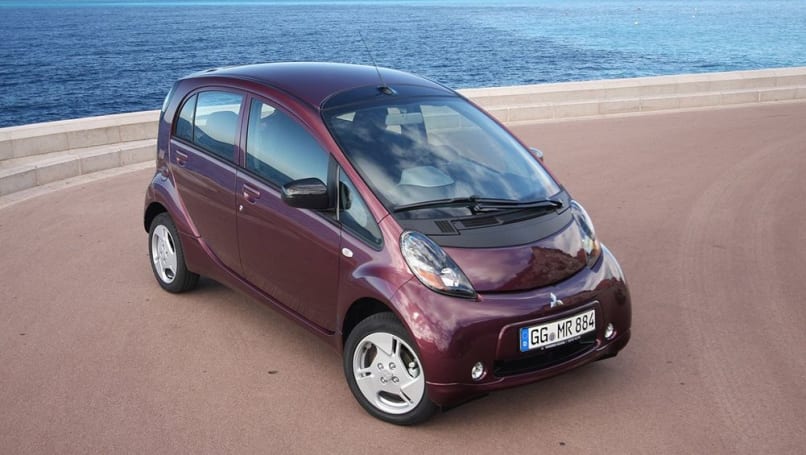
2025 BYD Shark 6 sales scrutinised as rival Kia Tasman ute and plug-in hybrid Ford Ranger PHEV and GWM Cannon Alpha launches loom
BYD Shark 6 fever has well and truly swept over the country, but is it all as...
Browse over 9,000 car reviews

Mitsubishi was first in bringing a mass-market electric car to Australia in the form of slow-selling i-MiEV, but the brand is now taking a wait and see approach to the tailpipe emissions-free future.
The quirky i-MiEV first hit Aussie roads in mid-2010, months ahead of the first-generation Tesla Roadster in early 2011 and the Nissan Leaf that was launched in June 2012.
But in 2022, with the electric vehicle (EV) market exploding in popularity thanks to the likes of the Hyundai Ioniq 5, Tesla Model 3, Kia EV6, Mercedes-Benz EQA, MG ZS EV and more, when will Mitsubishi return to the all-electric segment it pioneered?
Mitsubishi Motors Australia boss Shaun Westcott would not be drawn on an answer when asked by CarsGuide, but called for a more holistic approach in reduce emissions.
“The [Renault-Nissan-Mitsubishi] Alliance has announced it will bring 35 EV platforms to market by 20230, and that means we have those drawers, we can pull on them as and when we need them, but we also have some challenges in this country,” he said.
“We’re not Denmark, we’re not Europe, we don’t have a charging station every few kilometres – we do not yet have infrastructure in this country, we need to get there and we will do everything to persuade government to get there fast because it’s good for all of us.
“If you look at Norway and those countries, you look at the source of power, 90 per cent of it is green energy. Ours is 75 per cent dirty, 25 per cent green – that needs to change.”

The i-MiEV was capable of a driving range of 155km, according to official testing, but would see a real-world range of around 100km.
The short driving distance, diminutive size and relatively high pricetag of $48,800 before on-road costs saw the all-electric i-MiEV discontinued in 2012, but Mr Westcott remains proud of what Mitsubishi was able to achieve more than a decade before the rise in popularity of EVs.
“We were ahead of our time,” he said. “The i-MiEV was the first mass produced electric vehicle in the world, probably about 15 years too early.
“The rest is history as they say, we brought them to Australia, and sadly, people didn’t buy them.”

Even now in 2022, Mr Westcott believes Australia is not yet prepared for all-electric motoring, believing the best emissions-reducing technology today is a plug-in hybrid electric vehicle (PHEV) as seen with its Eclipse Cross and Outlander SUVs.
“We are not yet ready as a country [for full EVs],” he said. “Yes, we need to get there and we need to get there fast.
“We as a company believe we will be ready to bring the right product, to the right market at the right time.
“Right now, we believe we need to help Australians reduce their carbon footprint dramatically in the short terms.
“We believe plug-in hybrid EVs, which is what we have, is the solution, which is why we brought that product to market, and it’s to help Australians make that transition.”
Mitsubishi will likely draw on its Alliance partners Renault and Nissan for its next electric car, as the Megane e-Tech is offered by the former, while the latter has the Ariya and Leaf.
Mitsubishi also offers the eK Cross EV kei car in Japan, but whether that arrives Down Under is still to be seen.
Comments